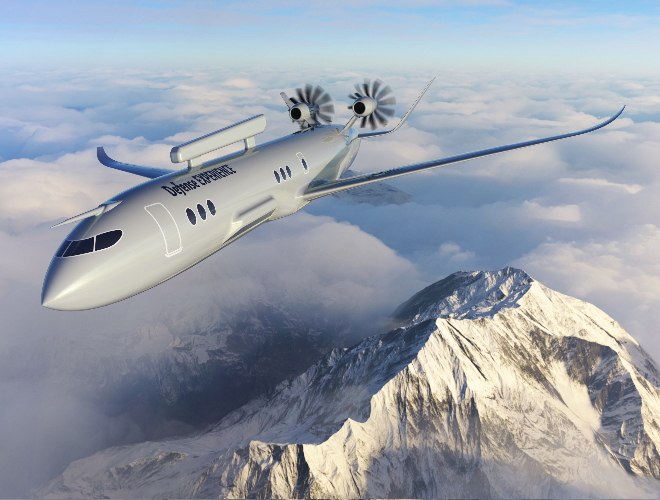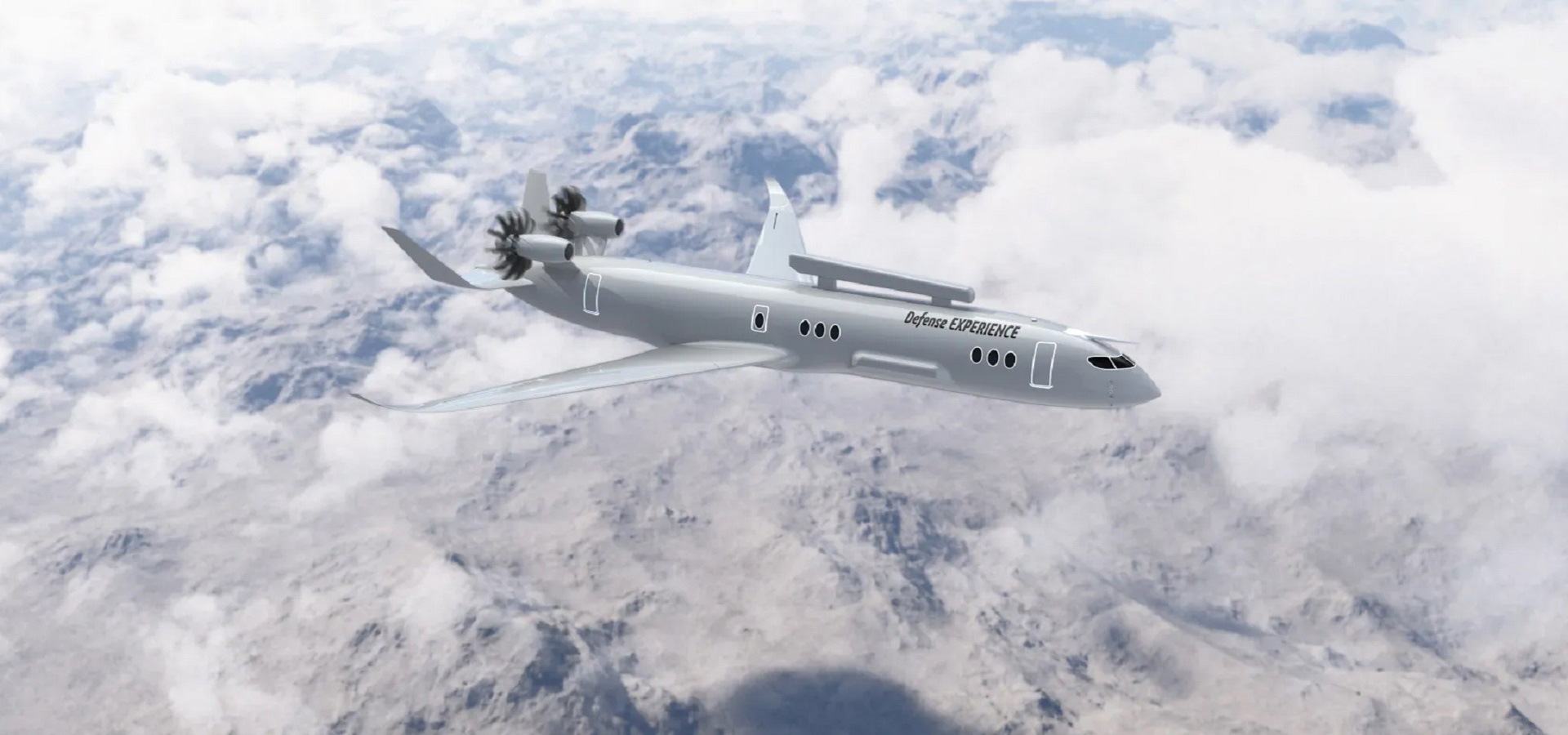Defense
Accelerate innovation while delivering on time, on cost and on schedule.
What are the trends changing the defense landscape?
Technological and environmental leaps are reshaping the industry, what are they and how will they affect your business?
- Acquisition Speed
- Cutting-Edge Technologies
- Program Performance
- Mission Readiness
A bow wave of [weapons] modernization is coming, the likes of which we have not seen in many years.
Acquisition Speed
How do you streamline the acquisition process of new defense system?
An unprecedented period of defense modernization is starting, triggered by the global geopolitical instability. Countries around the globe invest significantly in the development and acquisition of more capable weapon systems to strengthen their defense forces and meet the new threats of 21st century warfare.
As these threats evolve quickly, a key challenge is to develop capabilities and systems that can be reconfigured and modified quickly. In this context, efficient cooperation among all stakeholders becomes critical.
But speed is not only required at design and manufacturing level. The whole acquisition cycle must be shortened in order to ensure the availability of the systems when needed.

Cutting-Edge Technologies
How do you integrate cutting-edge technologies without introducing risk and uncertainty?
Defense contractors around the globe are incorporating advanced technologies into new weapon systems to achieve significantly greater effectiveness and versatility in manned and unmanned systems. New type of threats will require to adapt constantly multiple defense assets to support evolving missions, combining those assets in a “system of systems” approach.
The increasing complexity of the environment will therefore mandate interoperability with other defense systems and tighter collaboration throughout the supply chain.
Growing confidence in artificial intelligence, advanced analytics, new materials and advanced production methods will continue to improve system performance while driving costs down. Defense contractors must integrate these new capabilities to deliver against modern warfare requirements. But they must guarantee the reliability and effectiveness of these cutting-edge technology insertions.
Defense products and systems are becoming more and more complex, resulting in an explosion of data. Managing those data is critical for achieving the required program execution performance.
Program Performance
How do you deliver more capabilities to your Defense forces while driving down the overall cost structure?
Defense budgets are on the rise again, but some concerns remain about the structural overhead costs and inefficiencies.
Defense companies are seeking new innovations upon their traditional bespoke development models. This development approach carries high-cost structures - to carry the burden of cutting-edge development and compliance requirements -, long development cycles and a limited ability to invest ahead of the market.
To do so, defense contractors must manage programs across the entire value network. They will then be able to improve their ability to deliver on-time and on-budget the weapon systems required by the various forces.

Mission Readiness
How to improve the mission readiness level of defense systems ?
A key challenge for operators of critical defense systems is to meet mission-readiness goals while reducing lifecycle costs, of which support or sustainment exceed 70 percent.
Predicting and acting on the very large amount of structured and unstructured operational, logistics and maintenance-related data is key to understand the short- and long-term decisions impact on the cost and on the performance of defense systems.
Discover our Customer Stories
Drive the defense programs of tomorrow
Learn how to accelerate military programs from model based acquisition to mission engineering and smart sustainment:

